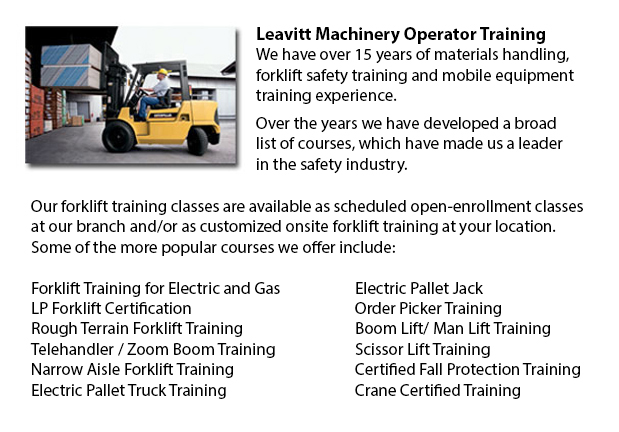
Aerial Lift Training Prince Albert - Aerial lift trucks can accommodate various tasks involving high and tricky reaching spaces. Often used to complete daily preservation in buildings with high ceilings, prune tree branches, elevate burdensome shelving units or patch up phone cables. A ladder might also be used for many of the aforementioned jobs, although aerial hoists provide more safety and stability when properly used.
There are a number of distinctive versions of aerial lifts existing, each being able to perform moderately unique tasks. Painters will sometimes use a scissor lift platform, which is able to be utilized to get in touch with the 2nd story of buildings. The scissor aerial lifts use criss-cross braces to stretch and enlarge upwards. There is a platform attached to the top of the braces that rises simultaneously as the criss-cross braces lift.
Cherry pickers and bucket lift trucks are a different version of the aerial lift. Commonly, they possess a bucket at the end of a long arm and as the arm unfolds, the attached bucket lift rises. Lift trucks use a pronged arm that rises upwards as the handle is moved. Boom lift trucks have a hydraulic arm that extends outward and raises the platform. Every one of these aerial platform lifts have need of special training to operate.
Training programs offered through Occupational Safety & Health Association, known also as OSHA, cover safety strategies, machine operation, upkeep and inspection and device weight capacities. Successful completion of these training programs earns a special certified certificate. Only properly licensed individuals who have OSHA operating licenses should run aerial platform lifts. The Occupational Safety & Health Organization has established guidelines to maintain safety and prevent injury when using aerial lifts. Common sense rules such as not utilizing this machine to give rides and making sure all tires on aerial platform lifts are braced so as to prevent machine tipping are observed within the rules.
Regrettably, statistics show that more than 20 operators die each year when working with aerial lift trucks and 8% of those are commercial painters. The majority of these mishaps are due to inadequate tire bracing and the lift falling over; for that reason many of these deaths were preventable. Operators should make certain that all wheels are locked and braces as a critical security precaution to stop the device from toppling over.
Other guidelines involve marking the encircling area of the machine in an observable manner to protect passers-by and to ensure they do not approach too close to the operating machine. It is vital to ensure that there are also 10 feet of clearance amid any utility cables and the aerial lift. Operators of this apparatus are also highly recommended to always wear the appropriate security harness when up in the air.
-
Reach Trucks
Reach Truck Training Prince Albert - Reach trucks are loading devices used by varieties of companies that preserve a storage facility or distribution center concerning the organization of completed goods and supplies on pallets which are inserted int... More -
Scissor Lifts
Scissor Lift Training Prince Albert - The scissor lift, often acknowledged as a table lift, is an industrial lift that has been modified for usage within wholesale and retail settings. Industrial lifts have been utilized for decades in the manufactur... More -
Pneumatic Forklifts
Pneumatic Forklifts Training Prince Albert - Pneumatic lift trucks are generally known as pallet trucks or pump trucks and are extensively utilized in warehouses and shipping plants to transfer materials on pallets. Pneumatic lift trucks comprises a... More -
Toyota Forklift
Toyota Forklift Training Prince Albert - Since 1992, Toyota Material Handling inc., U.S.A., also called TMHU, continues to be the best selling lift truck dealer in the United States. Proudly celebrating more than 40 years of performance, the Irvine,... More -
JLG Telehandler
JLG Telehandler Training Prince Albert - In the late 1960's John L. Grove, with his wife Cora set out on a cross country voyage in their RV. Newly retired, after spending several years working with his brother to develop their crane business into an... More

Forklift Training Prince Albert
TOLL FREE: 1-888-254-6157
Prince Albert, Saskatchewan
forklifttrainingprincealbert.com
Email Us
About Us


